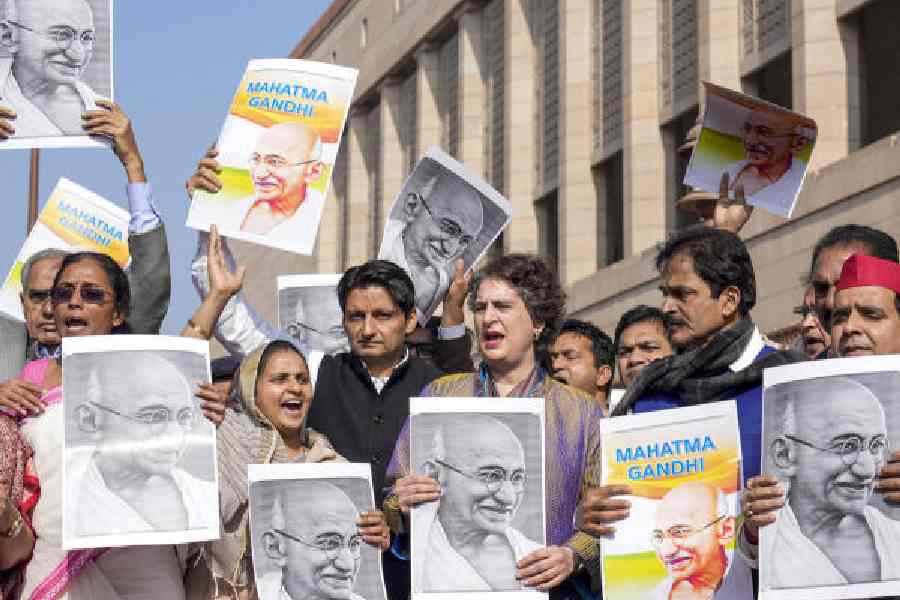Rabindranath Tagore’s legacy in Kalimpong, so far lying in a state of neglect, is coming back to life.
The Kalimpong district administration has announced the renovation of Chitra-Bhanu, declared a heritage building by the West Bengal Heritage Commission in 2018, is complete and visitors are welcome to the premises.
“The renovation done by the state PWD department at an estimated cost of Rs 33 lakh has been completed,” said R. Vimala, the Kalimpong district magistrate. The renovation was done following damage that the structure suffered during the 2011 earthquake.
Many believe Chitra-Bhanu had not been accorded its due importance over the years.
The area was a favourite of Tagore but the house was not constructed during his lifetime.
According to the West Bengal Heritage Commission, Tagore’s son Rathindranath took the land on lease for 90 years in the name of his wife Pratima Devi.
The construction of the house was completed in 1943, two years after Tagore's death in 1941, and was named Chitra-Bhanu after the name of the studio of Rathindranath at Santiniketan.
“In 1962, the ownership of the house was transferred to the state government,” said a district administration. In 1964, the West Bengal Board of Secondary Education established a crafts training centre for women.
At the moment, the property is under the state technical education secretary.
“At the annexure of the heritage property, training on hospitality and languages is conducted. The place functions as a training centre,” said Vimala.
The heritage property, however, has various items used by the Tagore family including furniture, prayer utensils and household items.
Apart from Chitra-Bhanu, the state government is also renovating Gouripur House, a place Tagore visited in Kalimpong, at a sum of Rs 3.7 crore.
Tagore had visited the place at least thrice between 1938 and 1940, and recited his famous “Janmadin (Birthday)” poem here on his 78th birthday in 1938. It was broadcast live on the All India Radio.
Many believe that Tagore's ties with Kalimpong have been overshadowed by his association with Mungpoo, a village about 30km from Darjeeling.
In 1938 the Nobel laureate visited Mungpoo for the first time and stayed at Suriel bungalow, a cinchona plantation guesthouse. Later, Manmohan Sen, the husband of writer Maitreyi Devi and director of the quinine factory then, invited the poet to this bungalow, his official residence.
Tagore, who had visited Mungpoo twice in 1939, and in 1940 for the last time, had penned a number of poems during his stay at this bungalow.
The poems include “Janmadin", “Sanai” and “Nabojatok”.
Memoirs of his stay in Mungpoo were published by Maitreyi Devi in her book Mungpoote Rabindranath, translated into English as Tagore by Fireside.











